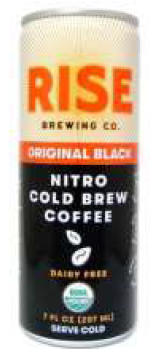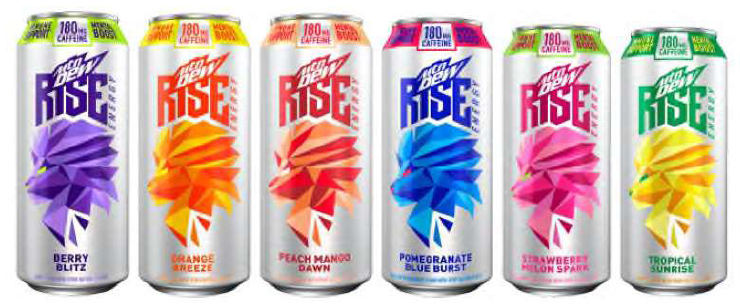The US Court of Appeals for the Second Circuit affirmed that the Visual Artists Rights Act of 1990 (VARA) does not prohibit covering an artist’s mural where there is no damage to the mural. Samuel Kerson v. Vermont Law School, Inc., Case No. 21-2904 (2d. Cir. Aug. 18, 2023) (Livingston, Cabranes, Kovner, JJ.)
In 1993, Samuel Kerson and Vermont Law School entered into a written agreement for Kerson to paint two murals on the walls of the law school’s community center. The completed murals were publicly viewable and depicted several distinct scenes spanning the history of US slavery, from the capture of Africans in their homelands through the abolitionist movement.
Because of complaints from community members regarding how the murals presented Black people, the law school considered options for the murals’ removal. The school decided to conceal the murals behind a barrier of fabric-cushioned acoustic panels. The panels were constructed such that they were suspended approximately two inches away from the murals’ surface and did not touch the murals.
Kerson filed suit seeking to enjoin the installation of the acoustic panels on the theory that they amounted to a violation of his rights under VARA. Under the relevant part of VARA, the author of a “work of visual art” “shall have the right”:
(A) to prevent any intentional distortion, mutilation, or other modification of that work which would be prejudicial to his or her honor or reputation, and any intentional distortion, mutilation, or modification of that work is a violation of that right, and
(B) to prevent any destruction of a work of recognized stature, and any intentional or grossly negligent destruction of that work is a violation of that right.
17 U.S.C. §§ 106A(a)(3)(A)-(B).
In the district court, Kerson argued that blocking the public from viewing his work of art would amount to the “destruction” or “intentional distortion, mutilation, or other modification” of the murals. The district court disagreed and granted summary judgment in favor of the law school. Kerson appealed.
Kerson argued that permanently concealing the murals with a solid barrier of acoustic panels modified and thus “destroy[ed]” his work. The Second Circuit agreed with the district court that covering a work of art did not amount to “destruction” under VARA. The Court explained that Kerson’s argument did not comport to the conventional understanding of the word “destruction” under the plain meaning of the statute. The acoustic panels were designed to not touch the murals, let alone destroy them.
The Second Circuit also rejected Kerson’s argument that covering a work of art amounts to “modification.” Under VARA, “modification” would entail a change to the work of art that alters some portion of it without radically transforming the whole. For example, an additional brush stroke, erasure of content or the reorganization of a movable component would be a modification of a work of art. Modifications do not include concealing the entire work behind a solid barrier.
The Second Circuit also rejected Kerson’s argument that concealing the murals was [...]
Continue Reading
read more

 Subscribe
Subscribe




